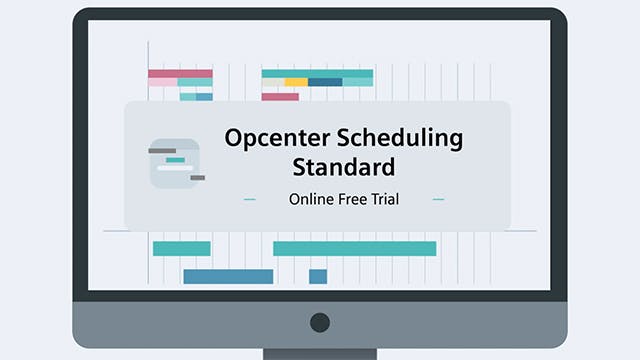DDMRP ma na celu zmniejszenie nadwyżek zapasów i niedoborów w łańcuchu dostaw produkcji. Ogólnym celem planowania zapotrzebowania materiałowego w oparciu o popyt jest przezwyciężenie trudności i niedociągnięć konwencjonalnego podejścia do planowania nowoczesnych, złożonych łańcuchów dostaw.
DDMRP różni się od tradycyjnego planowania zapotrzebowania materiałowego (MRP 1) i planowania produkcji na zapas (MTS), ponieważ w mniejszym stopniu opiera się na prognozach. Pomaga również sprostać wyzwaniu długiemu czasowi realizacji związanemu z planowaniem produkcji na zamówienie (MTO). DDMRP określa, w którym miejscu łańcucha dostaw należy umieścić zapasów strategicznych i jak duże powinny być te.
zapasów używane w planowaniu zapotrzebowania materiałowego w zależności od zapotrzebowania są również określane jako "punkty rozłączenia". Dzieje się tak, ponieważ każdy bufor zapasów pomaga odłączyć sekwencyjne czasy realizacji, które w przeciwnym razie kumulują się i wydłużają czas dostawy do niedopuszczalnych poziomów. Na przykład, jeśli bufor zapasów jest tworzony między pośrednim, złożonym komponentem a etapem montażu, który zawiera ten składnik w gotowym produkcie, wówczas czas dostawy produktu gotowego jest oddzielony od czasu realizacji składnika złożonego.
Skrócony czas realizacji oferowany przez planowanie zapotrzebowania materiałowego w zależności od zapotrzebowania pomaga złagodzić jedną z krytycznych wad produkcji na zamówienie i innych operacji typu pull. Ponieważ zlecenia sprzedaży wyzwalają konwencjonalne operacje średniookresowego celu budżetowego, wszystkie operacje produkcyjne mają miejsce między momentem zamówienia a czasem dostawy. Skutecznie przenosząc część operacji produkcyjnych na okres przed otrzymaniem zamówienia, DDMRP skraca czas dostawy.
Planowanie zapotrzebowania materiałowego w zależności od zapotrzebowania opiera się na niektórych aspektach MRP 1, łącząc je z elementami innych praktyk produkcyjnych. W szczególności DDMRP stosuje metodę lean manufacturing pull, aby ograniczyć kolejki w każdej operacji, oraz nacisk na redukcję zmienności w stosunku do Six Sigma w produkcji.
Powiązane produkty: Opcenter Advanced Planning and Scheduling


